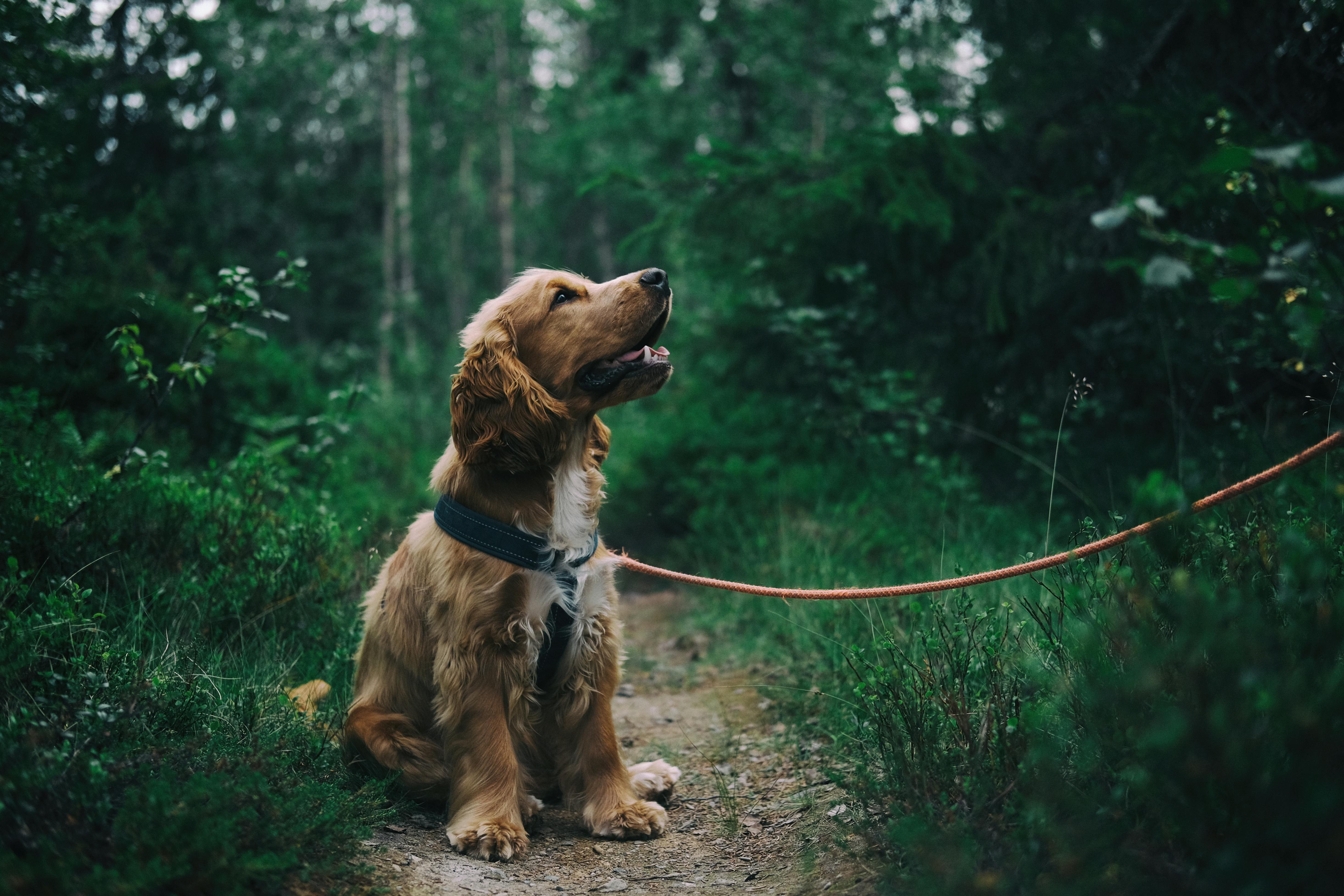How to Train Your Bird to Use a Travel Carrier

How to Train Your Bird to Use a Travel Carrier
Training a bird to comfortably use a travel carrier is an invaluable skill, both for the safety and well-being of the bird, as well as for your peace of mind as a pet owner. Whether you're visiting the vet, moving houses, or simply going on a trip, ensuring your bird can safely and calmly travel in a carrier is crucial. This detailed guide will walk you through the steps to train your bird effectively, making travel an enjoyable adventure for both of you.
Understanding Bird Behavior
Before beginning the training process, it's important to understand your bird's natural behaviour and stress signals. birds are naturally cautious about new environments and objects. Stress in birds can manifest in various ways including panting, feather-fluffing, and reluctance to move. Recognizing these signs and proceeding with patience is key.
Choosing the Right Carrier
Selecting the appropriate carrier is the first step in this training journey. Consider the size, ventilation, and ease of cleaning. The carrier should be large enough for your bird to comfortably move around, but not so large as to cause excessive sliding during travel. Materials that are easy to clean and provide adequate ventilation are ideal.
Step-by-Step Training Guide
Introduction to the Carrier
Start by placing the carrier near your bird's cage, allowing them to observe it for a few days. You can encourage curiosity by placing familiar toys or treats near and eventually inside the carrier. The goal is to create positive associations with the carrier.
Feeding Inside the Carrier
Begin feeding your bird meals inside the carrier. Start with placing their food bowl near the door, and gradually move it farther inside over subsequent meals. This will help your bird build confidence in entering the carrier willingly.
Increase Time Spent Inside the Carrier
Once your bird is comfortable eating inside the carrier, increase the duration of each session by closing the door for short periods. Start with just a few minutes, gradually increasing it as they become more comfortable.
Practice Carrying and Moving
When your bird can calmly remain inside the carrier with the door closed, practice lifting and carrying the carrier around the house. This helps acclimate them to the motion and noise they will experience during travel.
Addressing Setbacks
Training a bird requires patience and time. If your bird seems particularly stressed or fearful at any stage, take a step back and slow down the process. It might be necessary to spend more time on earlier stages until they feel secure. Consistency and patience are key in successfully training your bird to adapt to their carrier.
Conclusion
With the right approach and understanding, training your bird to use a travel carrier can be a stress-free process for both you and your pet. Remember to always monitor your bird's stress levels and adjust your training accordingly. With time and patience, your feathered friend will be ready to travel safely and comfortably wherever you go.
